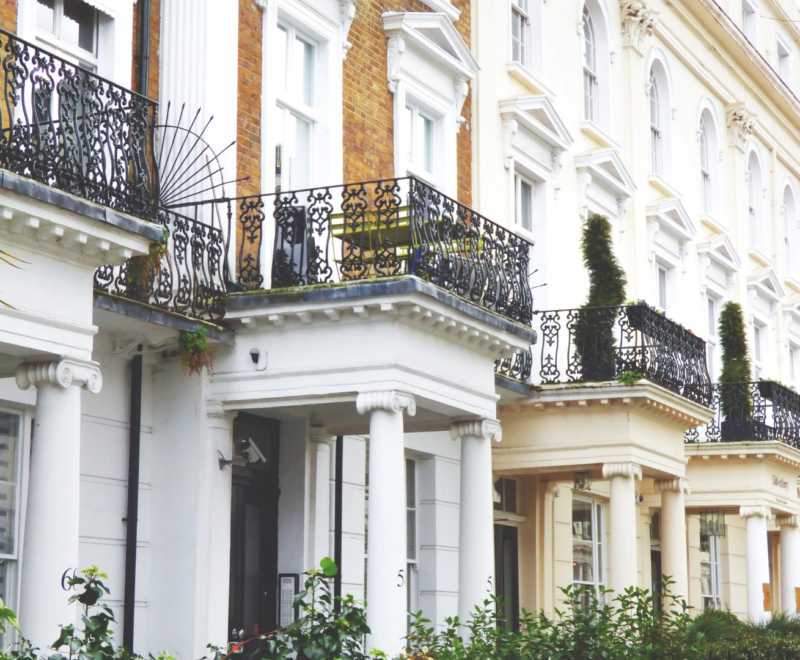A staggering £3.5bn has been promised by ministers to remove unsafe cladding from high-rise buildings over 18m high in England “at no cost to residents”.
Currently, thousands of flat-owners face large bills for fire-safety improvements, which were brought in since 2017’s Grenfell Tower fire when flames spread due to combustible cladding, sadly killing 72 people.
The move has been called as the “largest ever investment” in building safety. Campaigners have said it falls short of what is still required and still leaves many of homeowners in unsafe buildings.
Additional measures that were announced today were:
- Owners of properties in lower-rise blocks would now have access to loans to replace unsafe cladding. They would never have to pay more than £50 a month for them
- Scheme to be paid for by a new levy on developers of future high rises to clawback the cost of grants
- A new and additional tax on residential property development from 2022
£1.6bn in funding was previously announced for the removal of unsafe cladding last year.
The promise of more funds to fix the crisis has been brought from pressure on minsters to find a solution to the growing problem, with some homeowners saying they have effectively become trapped in their own homes and unable to sell until the works are carried out, yet in risk of bankrupting themselves to meet the crippling costs.
Housing Minister, Mr Jenrick, told the Commons leaseholders in high-rise buildings above 18m, or with six storeys or more, would face no costs for cladding works.
He added, a new tax for the UK residential property sector would be introduced from next year, to raise £2bn over a decade and help pay for the removal of cladding.
The decision has being described as “unprecedented intervention”, and without which building owners would simply pass on the costs of remediation work to innocent leaseholders.
By









